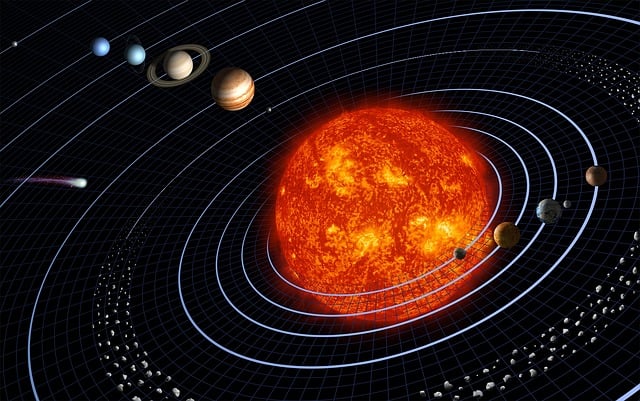At an estimated cost of ₹ 400 crore, the almost 1,500 kg satellite would serve as the country’s first space-based observatory, allowing researchers to study the sun at a distance of about 1.5 million kilometers from Earth.
More than four months after it started out on its ambitious voyage from ISRO’s Sriharikota launchpad, India’s first mission to study the sun, Aditya-L1, of the Indian Space Research Organization, is scheduled to reach its final destination orbit on Saturday.
At an estimated cost of ₹ 400 crore, the almost 1,500 kg satellite would serve as the country’s first space-based observatory, allowing researchers to study the sun at a distance of about 1.5 million kilometers from Earth.
Around 4 pm, the satellite is scheduled to be launched into a halo orbit around Lagrange point 1 (L1); this final insertion point was selected because of its favorable position, which allows for continuous Sun viewing and is not affected by eclipses.
According to an ISRO official who spoke to news agency PTI, “this manoeuvre (at around 4 p.m. on Saturday) will bind the Aditya-L1 to a halo orbit around L1. If we do not do this, there is a possibility that it will continue its journey, maybe towards the sun.”
The space observatory will monitor and alert scientists to unfavorable changes in space weather, such as solar storms and flares, that could affect satellite operations. A solar storm is a massive magnetic eruption on the sun that can affect the entire solar system.
“As Aditya-L1 will be observing the sun nonstop, it will be able to alert us to impending solar electro-magnetic impacts on Earth and shield our satellites and other power, electrical, and communications networks from disruptions. This will help sustain regular operations by running them in safe modes until the solar storm passes by,” ISRO Chairmann S. Somanat shared with NDTV.
According to Mr. Somnath, India has assets in space valued at more than ₹ 50,000 crores, including more than 50 operational satellites that require solar radiation protection.
Using electromagnetic, particle, and magnetic field detectors, the seven-payload Aditya-L1 spacecraft will also carry out scientific studies to learn more about the photosphere, chromosphere, and the outermost layers of the Sun, or the corona.
The satellite is expected to acquire vital data regarding space weather dynamics, pre-flare and flare activity, and the less-studied solar weather.
According to ISRO, the primary scientific objectives of the Aditya-L1 mission are as follows:
- Examine the dynamics of the solar upper atmosphere (corona and chromosphere).
- Examine the solar corona’s physics and heating process.
- Examine flares, the beginning of the coronal mass ejections, the physics of the partially ionized plasma, and chromospheric and coronal heating.
- Temperature, velocity, and density as diagnostics for the coronal and coronal loop plasma
- Monitor the in-situ plasma and particle environment, supplying information for the investigation of particle dynamics from the Sun.
- The formation, motion, and source of CMEs (Coronal Mass Ejections)
- Determine the sequence of events that culminates in solar eruptive events and occurs at various levels (chromosphere, base, and extended corona).
- Space weather drivers: solar wind genesis, composition, and behavior
- The topology of magnetic fields and observations of magnetic fields in the solar corona
